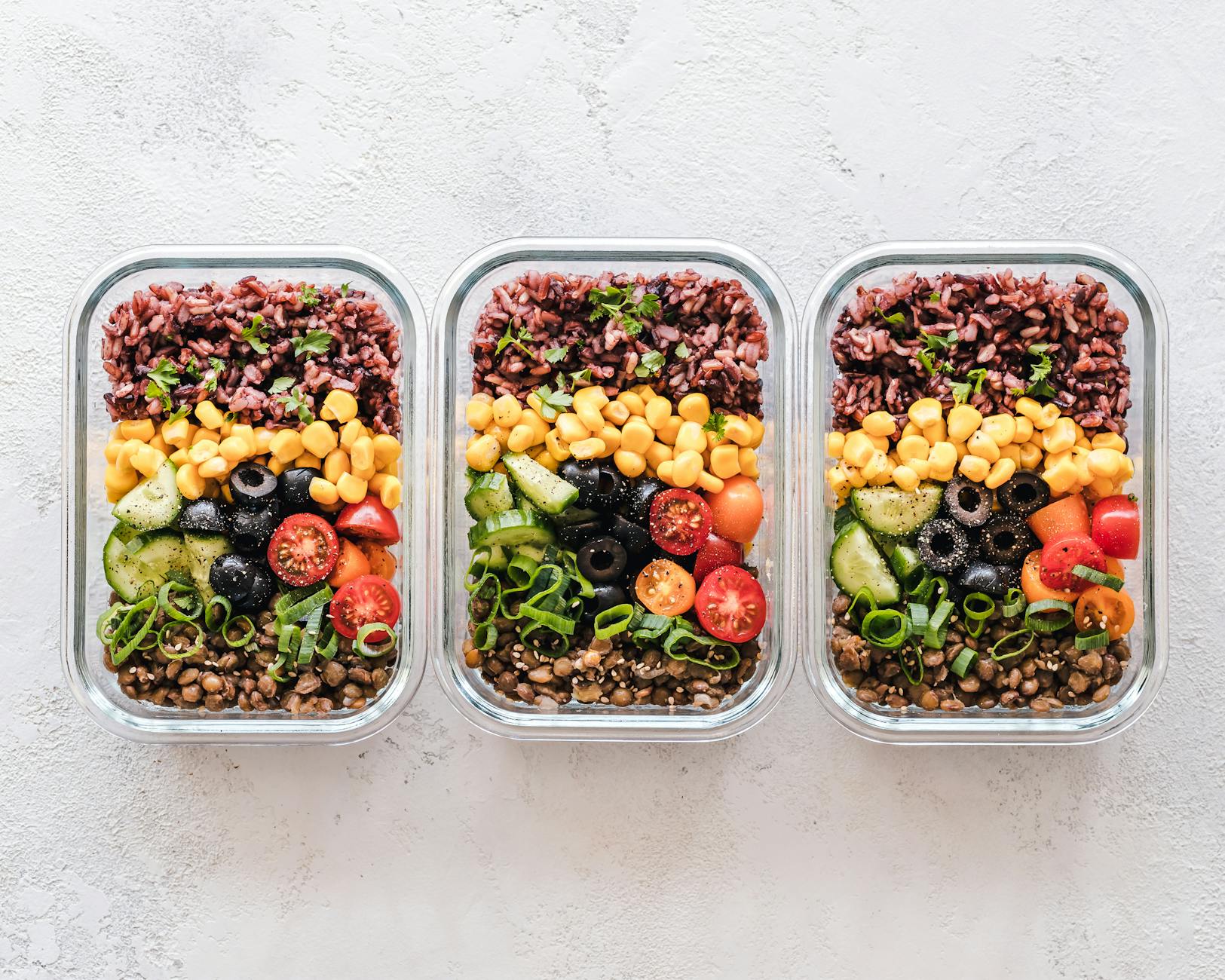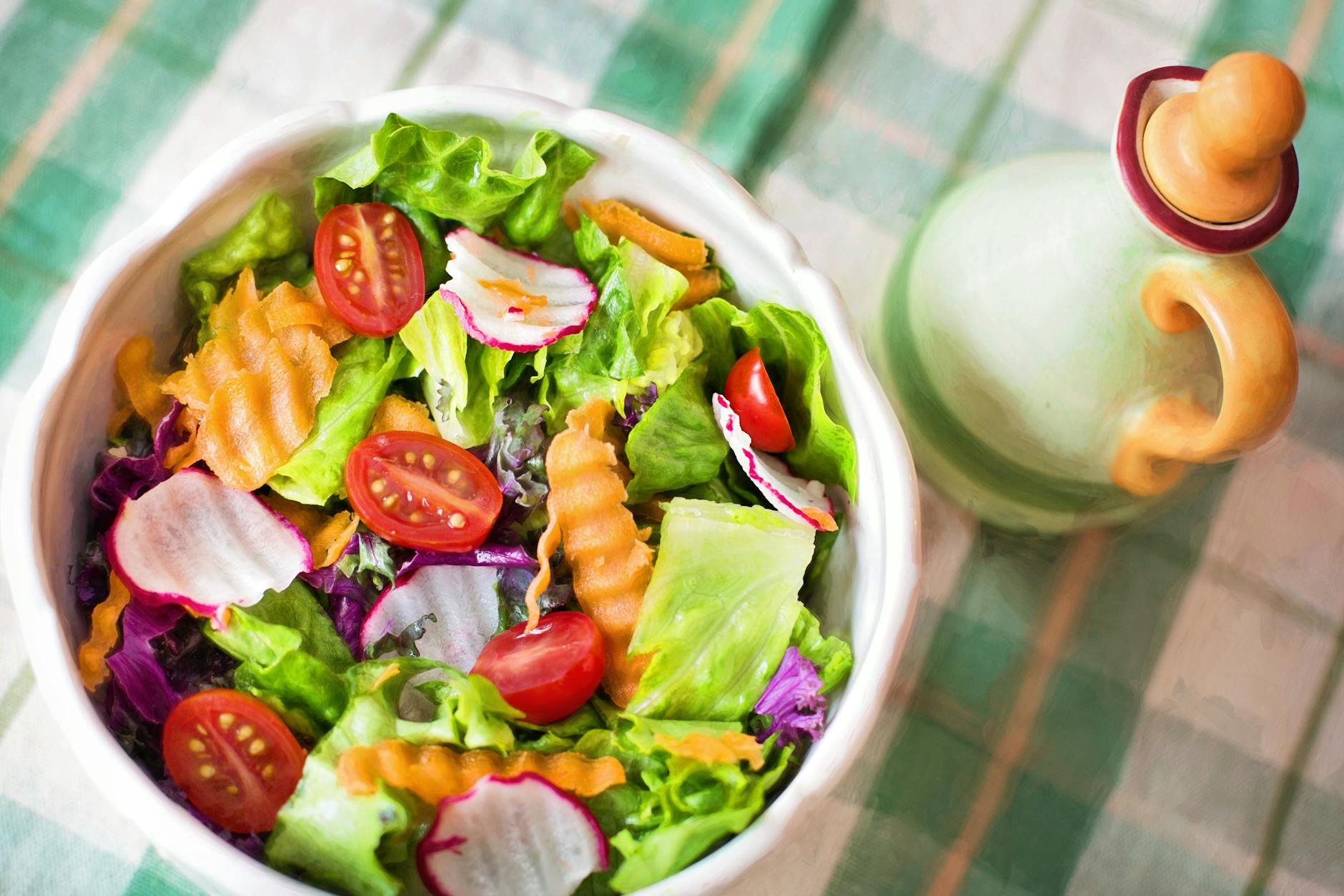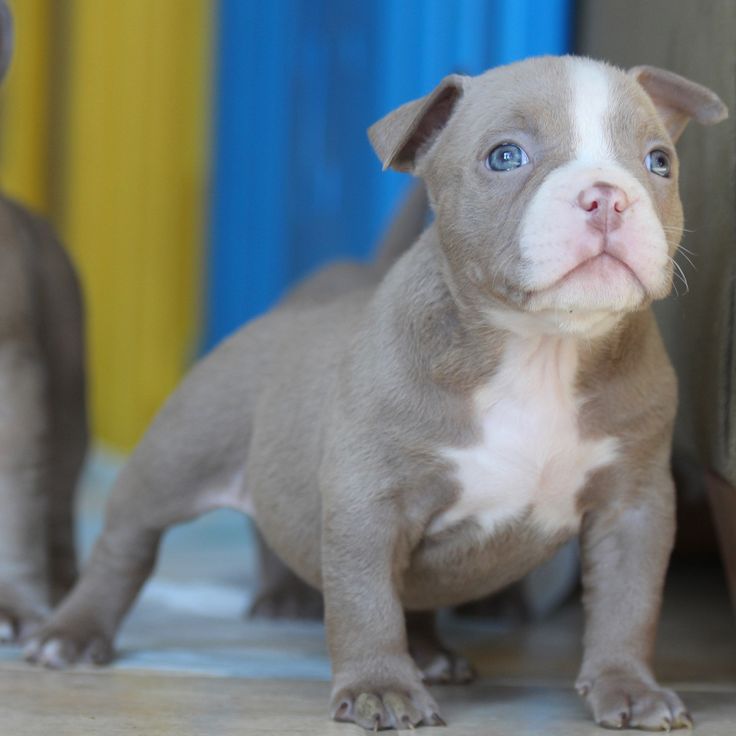Westiepoo Characteristics: A Guide to This Adorable Hybrid Breed
If you’ve been searching for a furry companion that’s as charming as it is intelligent, the Westiepoo might just steal your heart. This delightful mix of the West Highland White Terrier and Poodle is known for its playful demeanor, loyalty, and adaptability. Perfectly suited for families, singles, or anyone looking for an affectionate pet, the Westiepoo blends the best traits of its parent breeds. This guide will walk you through their unique characteristics, care needs, and what makes them such a popular choice among dog lovers.
For current listings of these adorable hybrids, take a look at Westiepoo Puppies for sale. And for a glimpse into their lovable personality, watch 12 THINGS THAT ONLY WESTIE OWNERS UNDERSTAND.
Physical Characteristics of the Westiepoo
The Westiepoo, a mix of the West Highland White Terrier and Poodle, has a unique appearance that makes them stand out among hybrid breeds. These dogs combine traits from both parent breeds, resulting in a compact and stylish yet practical pet. Let’s explore the finer details of their physical characteristics.
Size and Build
The Westiepoo is a small-to-medium-sized dog, typically weighing between 20 to 30 pounds. They average 11 to 17 inches in height, making them an ideal size for various living environments, whether it’s a cozy apartment or a spacious suburban home. Their physique is sturdy yet compact, embodying a combination of agility and charm.
This breed’s smaller size also makes them easy to handle for individuals or families, and their playful nature keeps them active without being overly hyper. However, it’s always a good idea to ensure they get an adequate amount of exercise to maintain their trim and fit build.
Coat Type and Colors
One of the defining features of the Westiepoo is their coat, which can vary significantly due to their mixed heritage. Common coat types include straight, wavy, or curly textures. This variety makes every Westiepoo unique, with some inheriting a wiry texture from the West Highland White Terrier and others sporting softer, curlier fur akin to the Poodle.
Their coat colors are equally diverse, often seen in shades like white, black, apricot, and cream. Some may even display a blend of these hues, giving each dog a stunning and personalized appearance. If you are curious about how their coats might appear in adulthood, examining Westiepoo Puppies for sale could give you a glimpse.
Distinctive Features
The Westiepoo has an unmistakable charm, thanks to their round faces and expressive eyes that seem to sparkle with intelligence and playfulness. These features set them apart and make bonding with humans almost instantaneous. Their floppy or semi-erect ears add a touch of whimsy to their overall look, making them irresistible to dog lovers.
Regular grooming is essential for this breed—not just to maintain their good looks but also their comfort. Their coats may require frequent brushing to prevent matting, particularly if they lean toward the curly side. Grooming also keeps shedding to a minimum and supports healthy skin. For care specifics, the Westiepoo Dog Breed information provides helpful advice for aspiring owners.
By combining physical beauty with practical traits, the Westiepoo is a breed that captures hearts with its appearance and remains endearing through its manageable grooming and adaptable size.
Behavioral Traits and Temperament
The Westiepoo, a delightful mix of the West Highland White Terrier and Poodle, is well-known for its balanced temperament and endearing quirks. This hybrid breed blends playfulness, intelligence, and adaptability, making it a fantastic pet for a variety of households. Let’s dive into their key behavioral traits.
Friendly and Sociable Nature
A hallmark of the Westiepoo is its love for companionship. Whether you’re a family, an individual, or part of a bustling household, this breed thrives on social interaction. They are naturally friendly, often greeting strangers with wagging tails and bright eyes. This sociable nature can make them great conversation starters at the park or during walks.
Their moderate activity level means they enjoy playtime and daily walks but are equally content lounging on the couch by your side. They’re not the high-energy types, but a game of fetch or a brisk stroll is enough to keep them happy and healthy. Their friendly and approachable demeanor shines through when you meet them, as outlined in this Westiepoo Breed Information.
Intelligence and Trainability
The Westiepoo owes its intelligence to the Poodle side of its lineage. Poodles are among the smartest dog breeds, and the Westiepoo inherits these problem-solving skills. This makes training an enjoyable experience for both you and your furry companion. They grasp commands quickly and often exhibit an eagerness to learn, making them ideal for first-time dog owners.
However, like any dog, consistency and positive reinforcement are key. Short training sessions that mix in treats and praises are especially effective. Want to challenge their brains? Puzzle toys or advanced tricks are excellent ways to keep them stimulated. For more insights into their learning capabilities, check out this Westiepoo Dog Breed Overview.
Suitability for Families and Individuals
The Westiepoo is incredibly versatile, adapting seamlessly to different living situations. They’re a fantastic choice for families with children due to their playful yet gentle nature. Seniors will also appreciate their manageable size and affectionate temperament, which make them excellent companions for a slower-paced lifestyle.
Not only are they great with humans, but their sociable streak extends to other pets as well. Properly socialized Westiepoos can coexist peacefully with dogs and even cats. Ideal households for Westiepoos are those where they receive attention and engagement. They don’t do well when left alone for extended periods, as this can lead to separation anxiety. For further details, you can explore the Westiepoo’s Characteristics and Temperament.
With their blend of friendliness, intelligence, and adaptability, the Westiepoo stands out as an all-rounder in the world of hybrid breeds.
Caring for a Westiepoo
Caring for a Westiepoo involves understanding their unique needs and maintaining routines that ensure their health and happiness. Proper grooming, a balanced diet, regular exercise, and routine veterinary care all play critical roles in keeping this lovable hybrid breed in top condition.
Grooming Requirements
The Westiepoo has a low-shedding coat, making it a fantastic choice for households looking for a cleaner pet option. However, maintaining their coat’s health requires consistent effort. These dogs typically have curly or wavy fur, inherited from their Poodle lineage, or soft, straight fur from their West Highland White Terrier side.
- Brushing: Aim to brush your Westiepoo at least two to three times a week to prevent tangles and matting. Frequent brushing also helps distribute natural oils, keeping their coat shiny and healthy. You can learn more about grooming tips in the Westiepoo dog breed information.
- Trimming: Regular trims every 6–8 weeks can help maintain a neat look, especially around the face and paws. Consider keeping the hair around their ears and eyes short to avoid irritation.
- Bathing: Bathe your Westiepoo every 4–6 weeks using a gentle, dog-friendly shampoo. Frequent bathing isn’t necessary, but occasional cleaning keeps their coat fresh and odor-free.
This grooming routine also gives you the chance to regularly inspect your pet for any skin issues or unusual bumps that might require attention.
Dietary Needs and Exercise
Providing a Westiepoo with a balanced diet and ensuring they stay active are essential for their well-being. Their small-to-medium size means they don’t consume as much food as larger breeds, but every meal counts toward their long-term health.
- Dietary Needs: Westiepoos thrive on high-quality, protein-rich food, whether it’s homemade, kibble, or raw-based diets. Include lean meats such as chicken or turkey, along with vegetables and healthy fats. Remember, small breeds like this have specific calorie requirements. Overfeeding can lead to obesity, which is a common issue in this breed. For more advice on their diet, check this Westiepoo Feeding Guide.
- Avoid Overeating: Always measure their portions and resist the temptation to indulge them with too many treats.
- Exercise Routine: A Westiepoo’s moderate activity levels mean they need about 30–60 minutes of exercise daily. This can include walks, interactive play sessions, or even games in the backyard. These activities burn off their abundant energy and keep them mentally stimulated, reducing the likelihood of destructive behaviors.
Short walks twice a day, paired with playful moments, make for the perfect routine to keep their tail wagging.
Routine Veterinary Check-Ups
While Westiepoos are generally healthy dogs, they can inherit some hereditary health concerns from their parent breeds. Regular veterinary check-ups are crucial to monitor and manage any potential issues before they escalate.
- Common Health Concerns: Westiepoos may be prone to conditions like patellar luxation, hip dysplasia, or early dental problems. Keeping a close eye on their behavior and mobility can help catch these issues early. Dental care is particularly important to prevent early tooth loss, so regular brushing and dental treats can be good preventative measures.
- Vaccination and Preventatives: Staying up to date on vaccinations and parasite preventatives, such as flea and tick medications, is essential.
- Annual Exams: Schedule at least one comprehensive veterinary check-up per year, or more frequently for senior dogs. Routine bloodwork and physical exams can provide insight into their overall health.
For more detailed information on caring for Westiepoos and their potential health concerns, refer to the Westiepoo Dog Breed Information & Characteristics.
By following these care tips, you’ll ensure your Westiepoo stays happy, healthy, and full of life.
Training a Westiepoo
Training a Westiepoo is an adventure filled with rewards, thanks to their intelligence and desire to please. These lovable pups, a mix of the West Highland White Terrier and Poodle, are known for their sharp minds and sociable dispositions. However, like all dogs, they benefit from consistent, patient training. Here’s how you can help your Westiepoo thrive.
Housebreaking and Crate Training
Housebreaking a Westiepoo can be straightforward if you stay consistent. These puppies are bright, but they do need structure and praise to succeed.
- Crate Training: Start by introducing a crate as a safe and cozy space. Crates are excellent tools for teaching bladder control and can double as a retreat for your dog. Ensure the crate is the right size—your Westiepoo should stand, turn around, and lie down comfortably.
- Establish a Routine: Take them outside to the same spot regularly, especially after meals, waking up, and playtime. Dogs thrive on habits, so keeping a schedule will reduce accidents.
- Celebrate Success: When your pup does their business outside, reward them immediately with treats and an enthusiastic “good boy!” or “good girl!” Positive reinforcement speeds up the learning process.
For more insights into crate training and early housebreaking tips, check out this guide on training tailored to Westie relatives like the Westiepoo.
Socialization Techniques
Socialization is crucial during puppyhood. A well-socialized Westiepoo grows up to be confident and composed around people, animals, and new environments.
- Start Early: Introduce your puppy to various experiences like meeting different people, visiting parks, and hearing everyday sounds (like vacuum cleaners and doorbells). Early exposure is key to reducing fear later in life.
- Puppy Playdates: Arrange safe play sessions with other vaccinated puppies or well-mannered dogs. This helps teach them proper canine etiquette.
- Reward Calm Behavior: When your Westiepoo reacts positively to new situations, reward them with treats or praise. Encouraging calm and happy behavior helps them associate new experiences with good things.
For more tips on socializing your pup to develop a well-rounded temperament, explore this Westiepoo Puppy Training Guide.
Positive Reinforcement Training
Westiepoos respond wonderfully to positive reinforcement training. Their eagerness to please makes this method particularly effective.
- Focus on Rewards: Instead of punishment, use treats, toys, or verbal praise when they follow commands. This keeps training sessions fun and motivating.
- Start with Basics: Teach simple commands like “sit,” “stay,” and “come.” Once mastered, gradually progress to more complex tasks. Breaking up training into short, five-minute sessions can keep your pup engaged.
- Stay Consistent: Use the same commands and gestures to avoid confusion. For example, if you say “down” for lying on the floor, use that word consistently.
Consistency and patience will pay off in spades. Additionally, consider puzzle toys or interactive games to stimulate their active minds. For a deeper dive into effective training techniques, explore what experienced owners say in this Westiepoo Obedience Guide.
Training your Westiepoo is a rewarding journey where small accomplishments build a deeper bond. With the right strategies, your pup will grow into a polite and loving companion.
Common Health Concerns for Westiepoos
Like any hybrid dog breed, the Westiepoo can inherit health issues from its purebred parents—the West Highland White Terrier and Poodle. While Westiepoos are generally healthy, understanding potential health concerns can help you ensure a long and happy life for your furry friend. Let’s explore the common conditions, signs of a healthy Westiepoo, and tips for preventative care.
Inherited Conditions from Parent Breeds
Westiepoos can be predisposed to several health concerns due to their lineage. Being aware of these conditions will help you act quickly if any signs arise.
- Hip Dysplasia: This condition, often seen in medium to large breeds, can also affect smaller ones like the Westiepoo. It occurs when the hip joint doesn’t fit properly, leading to discomfort and arthritis later in life.
- Allergies: Skin allergies are common, especially inherited from the West Highland White Terrier side. These can be triggered by specific foods, environmental allergens, or fleas.
- Dental Issues: Small breeds like the Westiepoo often deal with crowded teeth, which increases the risk of plaque buildup and gum disease. Regular dental care is a must.
- Patellar Luxation: This occurs when the knee cap slips out of place, causing pain or mobility issues. It’s more common in smaller dogs.
For a comprehensive guide on health concerns shared by Westies and Westiepoos, explore Westie Health Concerns. Regular check-ups and proactive care can mitigate these risks.
Signs of a Healthy Westiepoo
So, how do you know if your Westiepoo is in top condition? Observing their physical and behavioral cues can provide insight into their well-being:
- Bright Eyes: Healthy dogs have clear eyes without redness or discharge.
- Shiny Coat: A soft, well-maintained coat can indicate good nutrition and overall health. Watch for excessive shedding, bald spots, or irritation.
- Steady Weight: Maintaining an appropriate weight is crucial. Overweight dogs are at risk for joint pain and other health issues.
- Energetic Behavior: A healthy Westiepoo will be active, playful, and curious. Sudden lethargy or withdrawal should be addressed immediately.
- Healthy Appetite: Regular eating habits and enthusiasm for meals fall within normal behavior. Conversely, avoid overfeeding to prevent issues like obesity.
Keeping an eye out for these signs helps detect any abnormalities early. Learn more about maintaining your dog’s health in the Westiepoo Dog Breed Information.
Preventive Care Tips
Taking proactive steps can significantly reduce the likelihood of your Westiepoo facing severe health issues. Here are some essential care tips:
- Vaccinations: Ensure your dog receives all core and non-core vaccines as recommended by your vet to protect against common diseases like rabies, distemper, and parvovirus.
- Proper Nutrition: Feed your Westiepoo high-quality dog food tailored to their size and activity level. Nutrient-rich diets that include lean proteins, healthy fats, and some fruits or vegetables support their overall health. For guidance on feeding, visit Westiepoo Feeding Tips.
- Routine Vet Visits: Schedule annual veterinary check-ups (or more frequent visits for seniors) to keep track of their health. Early detection of any condition leads to better outcomes.
- Dental Hygiene: Brush their teeth regularly and consider dental chews or toys to minimize tartar buildup.
- Active Lifestyle: Daily exercise, like walks and playtime, helps maintain their physical and mental health. Aim for 30–60 minutes of activity daily.
- Grooming: Routine grooming, including baths and coat brushing, minimizes skin issues and keeps their coat in excellent shape. Check out grooming essentials at Westiepoo Grooming Information.
Taking these steps will not only improve your Westiepoo’s health but also deepen the bond you share. Caring for their well-being ensures they stay happy and thrive for years to come.
Why Choose a Westiepoo?
When it comes to selecting a canine companion, the Westiepoo offers a compelling mix of charm, intelligence, and adaptability. This hybrid breed, a cross between the spirited West Highland White Terrier and the highly intelligent Poodle, combines the best traits of its parent breeds. Whether you’re a family with kids or a single pet owner, a Westiepoo easily adapts to your lifestyle, making them the perfect all-around pet.

Photo by Ana Morales
Personality Packed with Love and Affection
Westiepoos are known for their loving and sociable nature. They often form deep bonds with their families, becoming loyal companions eager to please. These dogs thrive on interaction, whether it’s cuddling on the couch or romping in the backyard.
Their affectionate nature also extends to children. Westiepoos are gentle and playful, making them the ideal pet for families. For more information on their temperament, explore Westiepoo Dog Breed Information.
Low-Shedding and Hypoallergenic Qualities
For those who suffer from allergies or prefer a cleaner living space, the Westiepoo’s coat is a significant advantage. Thanks to their Poodle heritage, they’re considered a low-shedding, hypoallergenic breed. Their unique coat also adds a touch of elegance, whether it’s curly or wavy.
Regular grooming can help keep their coat in pristine condition. Brushing a few times a week ensures they look great while staying comfortable and free from matting. Learn more about their maintenance needs in the Westiepoo Dog Breed Characteristics.
Intelligence and Ease of Training
Westiepoos inherit their sharp intelligence from the Poodle, making them one of the easiest breeds to train. These dogs quickly pick up on commands and thrive on positive reinforcement. Whether it’s basic commands like “sit” or advanced tricks, Westiepoos are eager learners who enjoy pleasing their humans.
Their intelligence also makes them excellent at understanding human emotions, often providing comfort with their companionship. If you’re a first-time dog owner, their trainability makes them an ideal choice to ease into pet ownership.
Adaptability to Different Lifestyles
One of the standout qualities of a Westiepoo is their ability to adapt to different environments. Whether you live in a spacious home or a cozy apartment, these dogs adjust seamlessly. Their moderate energy levels mean they’ll enjoy a playful session in a backyard just as much as a brisk walk in the city.
For more insights into their adaptability and lifestyle compatibility, explore Westiepoo Breed Information.
Low Maintenance and Health Benefits
Compared to other breeds, Westiepoos are relatively low maintenance in terms of exercise and grooming. A daily walk and some interactive playtime generally keep them happy and healthy. Furthermore, their hybrid vigor often makes them healthier than their purebred counterparts, reducing the likelihood of inherited health issues. For in-depth tips on maintaining their well-being, check out Westiepoo Care.
A Westiepoo’s unique combination of qualities ensures that they’re more than just a pet—they’re a loyal friend and an integral part of the family.
Conclusion
Westiepoos bring a delightful blend of charm, intelligence, and adaptability into any home. Their moderate size, low-shedding coat, and friendly nature make them a great match for families, singles, and seniors alike. Whether it’s their playful energy, trainable minds, or affectionate tendencies, this hybrid breed consistently exceeds expectations as a companion animal.
Owning a Westiepoo is a rewarding experience that involves understanding their care needs and nurturing their unique qualities. From their grooming requirements to their mental stimulation, these lovable dogs thrive in homes that can provide attention and love.
If you’re considering adopting, explore your options by visiting available Westiepoo puppies. This could be your opportunity to bring home a loyal and lively friend to brighten your days.























